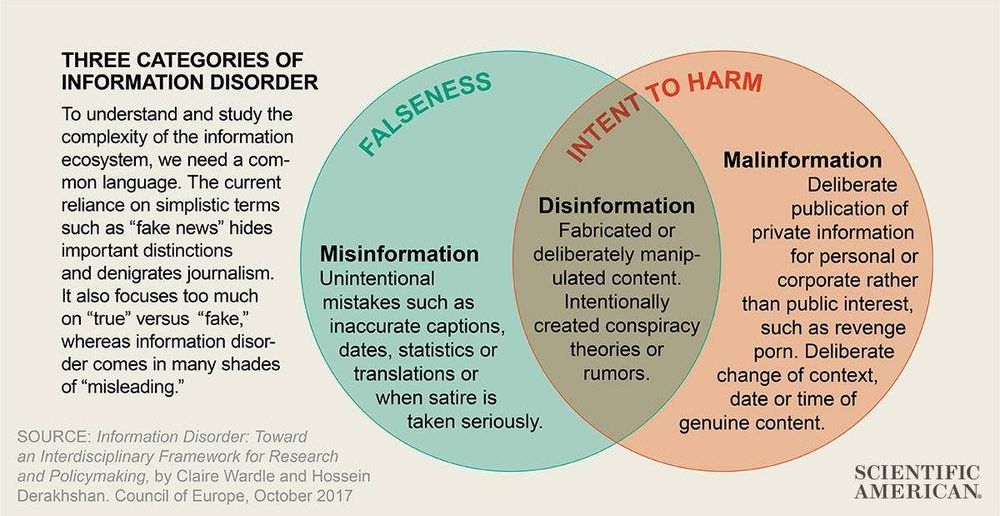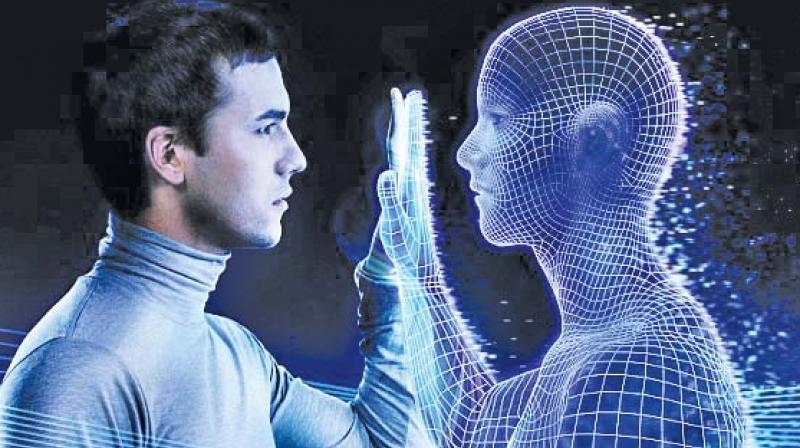Page 8491
Aug 20, 2019
These medicinal plants put brakes on cancer growth
Posted by Omuterema Akhahenda in category: biotech/medical
The leaves of a variety of medicinal plants can stop the growth of breast, cervical, colon, leukemia, liver, ovarian, and uterine cancer, a new study shows.
Researchers found the effects in leaves of the bandicoot berry (Leea indica), South African leaf (Vernonia amygdalina), and simpleleaf chastetree (Vitex trifolia). Three other medicinal plants also demonstrated anti-cancer properties.
“Medicinal plants have been used for the treatment of diverse ailments since ancient times, but their anti-cancer properties have not been well studied,” says Koh Hwee Ling, associate professor from the National University of Singapore’s pharmacy department.
Aug 20, 2019
Acoustic-transfection for genomic manipulation of single-cells using high frequency ultrasound
Posted by Quinn Sena in categories: bioengineering, biotech/medical
Circa 2017
Efficient intracellular delivery of biologically active macromolecules has been a challenging but important process for manipulating live cells for research and therapeutic purposes. There have been limited transfection techniques that can deliver multiple types of active molecules simultaneously into single-cells as well as different types of molecules into physically connected individual neighboring cells separately with high precision and low cytotoxicity. Here, a high frequency ultrasound-based remote intracellular delivery technique capable of delivery of multiple DNA plasmids, messenger RNAs, and recombinant proteins is developed to allow high spatiotemporal visualization and analysis of gene and protein expressions as well as single-cell gene editing using clustered regularly interspaced short palindromic repeats (CRISPR)-associated protein-9 nuclease (Cas9), a method called acoustic-transfection. Acoustic-transfection has advantages over typical sonoporation because acoustic-transfection utilizing ultra-high frequency ultrasound over 150 MHz can directly deliver gene and proteins into cytoplasm without microbubbles, which enables controlled and local intracellular delivery to acoustic-transfection technique. Acoustic-transfection was further demonstrated to deliver CRISPR-Cas9 systems to successfully modify and reprogram the genome of single live cells, providing the evidence of the acoustic-transfection technique for precise genome editing using CRISPR-Cas9.
Aug 20, 2019
Intense activity at Stromboli volcano, Italy
Posted by Genevieve Klien in category: futurism
Intense effusive activity from numerous vents at Stromboli volcano in Italy has resumed again on August 18, 2019, after several days decreased activity.
Frequent and often strong strombolian eruptions occur from several active vents in the crater terrace. Lava from the southwest rim seems to have increased its activity and feeds a lava flow that reaches about halfway down the slope of the Sciara del Fuoco, Dr. Tom Pfeiffer of the Volcano Discovery reported August 18.
Aug 20, 2019
Miniscript Is Making Bitcoin Programming Easier » Bitcoin Magazine
Posted by Klaus Baldauf in category: bitcoin
Bitcoin offered the first smart contract programming language the world had ever seen. Script, as this language is called, lets users encode different conditions under which coins can be spent. But while this was a revolutionary concept, it’s not easy to use, especially for more complex spending conditions. Both writing a complex contract as well as verifying that the contract does what it is supposed to do are prone to human error. Yet, especially with money at stake, correct interpretation of the conditions is of the utmost importance.
Over the past year, three blockchain engineers have set out to improve this. By stripping down Script to its bare essentials, their “new” programming language — “Miniscript” — abstracts away the complexity and should make programming on Bitcoin easier and safer for everyone involved.
“Miniscript is, in a theoretical sense, more limiting than script,” Blockstream director of research and Miniscript co-designer Andrew Poelstra told Bitcoin Magazine. “But it can do everything that people actually use script for.”
Aug 20, 2019
NASA, Tech Companies Team Up for Trip to Mars
Posted by Klaus Baldauf in category: space travel
Aug 20, 2019
Insect ‘apocalypse’ in U.S. driven by 50x increase in toxic pesticides
Posted by Mark Sackler in category: food
Bees, butterflies, and other insects are under attack by the very plants they feed on as U.S. agriculture continues to use chemicals known to kill.
Aug 20, 2019
A New Experiment Narrows Potential Properties of Dark Energy Particle
Posted by Quinn Sena in categories: cosmology, particle physics
An experiment in the United Kingdom has failed to find evidence of a particle meant to explain most of the universe’s mass. But the search isn’t over.
When cosmologists observe the way the universe expands, they find that present-day theories of matter can’t explain most of the universe’s energy. They call the unknown energy “dark energy,” and theorists have tried to explain it by proposing undiscovered particles and corresponding fields. Experiments have failed to find evidence of such particles, but in physics, that’s not necessarily a bad thing.
Aug 20, 2019
Biohacking: Why I’ll live to be 180 years old
Posted by Paul Battista in categories: bioengineering, life extension

From computer hacking to biohacking, Dave Asprey has embarked on a quest to reverse the aging process.
Aug 20, 2019
Immortality through mind uploading
Posted by Paul Battista in categories: biotech/medical, finance, law, life extension, robotics/AI, sustainability
In the 2015 movie “Chappie”, which is set in the near future, automated robots comprise a mechanised police force. An encounter between two rival criminal gangs severely damages the law enforcing robot (Agent 22). His creator Deon recommends dismantling and recycling the damaged police droids. However, criminals kidnap Deon and force him to upload human consciousness into the damaged robot to train it to rob banks. Chappie becomes the first robot with the human mind who can think and feel like a human. Later, in the movie when his creator Deon is dying, it’s Chappie’s turn to upload Deon’s consciousness into a spare robot through a neural helmet. Similarly, in the “Avatar” a 2009 Hollywood science fiction, a character in the film by name Grace connects with Eiwa, the collective consciousness of the planet and transfers her mind to her Avatar body, while another character Jake transfers his mind to his Avatar body rendering his human body lifeless.
Mind uploading is a process by which we relocate the mind, an assemblage of memories, personality, and attributes of a specific individual, from its original biological brain to an artificial computational substrate. Mind uploading is a central conceptual feature of many science fiction novels and films. For instance, Hanson’s book titled “The Age of Em: Work, Love and Life when Robots Rule the Earth” is a 2016 nonfiction book which explores the implications of a future world when researchers have learned to copy humans onto computers, creating “ems,” or emulated people, who quickly come to outnumber the real ones.

















